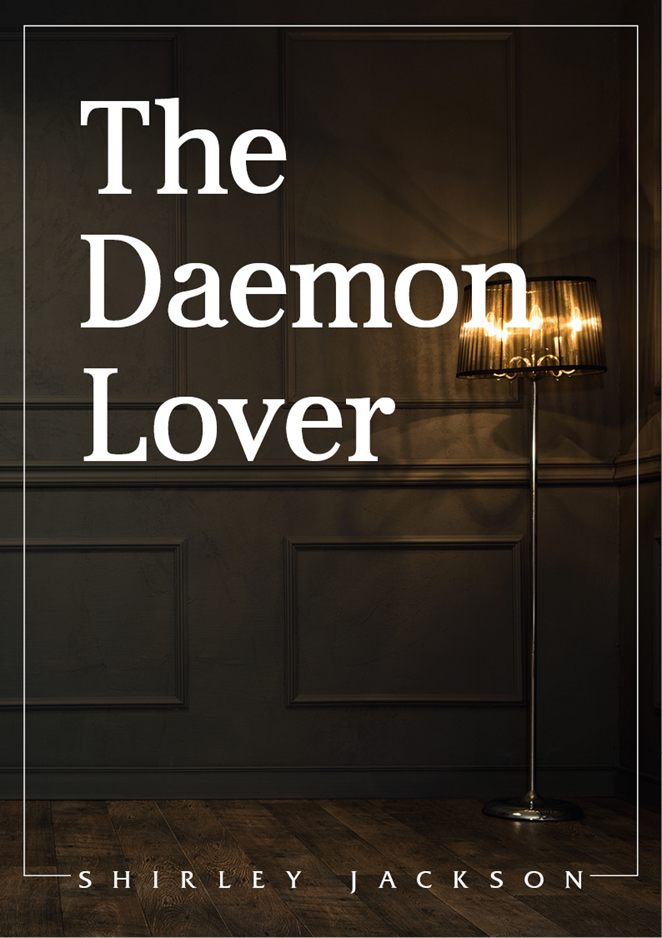“You’re thirty-four years old after all, she told herself cruelly in the bathroom mirror”
As mentioned in my Charles book review, I wanted to conclude the trio of striking short stories from Shirley Jackson’s short story collection (The Lottery and Other Stories) with The Daemon Lover. Similarly, Jackson provokes horror subtly at every turn of the page, that I could literally feel the anxiety and dread of the protagonist. Her critique of the societal pressure placed on women to marry at a certain age, while balancing the naivety and dark effects of desperation within a relationship dynamic is beautifully balanced—a signature masterstroke from Shirley’s writing style.
Synopsis
The story begins with the introduction of the unnamed protagonist, who is anxiously anticipating the arrival of her lover “Jamie”, on what is supposed to be their wedding day. Right from the onset, we feel her anxiety and even fear, from the moment she wakes up to make a coffee. The numerous cups of coffee, the obsession with having clean bedding sheets for the occasion, the indecisiveness over which wedding dress to wear, the quick run to the drug store for aspirin, the headaches, the fatigue—she is the epitome of stress and spiralling emotion. When Jamie fails to arrive at the agreed time in the morning, she embarks on a desperate search, marked by a cascade of bleak and often rude exchanges with neighbours, shopkeepers, and strangers on the street. Eventually, she arrives at what she believes to be his apartment, only to unravel the dark reality of her beloved “Jamie”.
Societal Pressure & the Anxiety of Womanhood
It is clear the protagonist fears the societal pressure of marriage and the ideals of womanhood expected from her. The setting feels like a time, where women were expected to look youthful, marry early, and be feminine. This is shown from the first page when she debates wearing the blue silk dress, saying it was “too plain, almost severe, and she wanted to be soft, feminine”. Yet, her other option feels “too young,” and she worries about trying too hard for Jamie to look younger, “because he’s marrying me”. Even when applying makeup, she tries to cover the “sallowness of her skin” and “the lines around her eyes”, saying to herself, “You’re thirty four years old after all,” “cruelly in the bathroom mirror”. From the vivid descriptions, it’s evident that she harbours deep insecurities, driven by society’s expectations of womanhood.
At her age, traits that should symbolise maturity and body confidence, are instead seen as unattractive—making her inferior to the idealised image of a youthful woman who has married early. These societal pressures not only shape her views on age and marriage, but also feed into an obsession with perfection. She insists on wearing only new clothes, avoids eating—perhaps of fears of body dysmorphia and a desire to appear slimmer; reiterated by the untouched stock of food, maintained for the illusion of an idealistic start to married life she hopes to uphold the next day. It’s a bleak but fascinating portrayal of the pressures placed on womanhood, many of which still hold relevance today.
Psychosis, Obsession & the Unreliable Mind
What can’t go unnoticed is the ghostly presence that “Jamie” evokes throughout the story, gradually building the impression that the phrase “chasing a ghost” might quite literally apply. For example, her hesitation when writing to her sister Anne about the wedding—pausing at the haunting line, “I can hardly believe it myself, but when I tell you how it happened, you’ll see it’s even stranger than that…”, gives “Jamie” an eerie, almost ghostly feel. Perhaps he is a figure of her imagination, created to cope with the loneliness and mundanity of her mid-life crisis. This is exemplified by the vague details she discusses about him during her desperate search, as well as the constant switching between “James” and “Jamie”.
It becomes increasingly apparent that the narrator may be experiencing the effects of an unravelling, damaged psyche. The result may be the creation of an idealised husband from a fractured mind, as a final attempt to marry before she feels ultimately undesirable in the eyes of society.
Jamie the Con-Man?
There’s also the more literal angle that Jamie is simply deceitiful—using the narrator’s vulnerability and naivety for his own means. This aligns cleverly with the origins of the title The Daemon Lover, a 17th century ballad (with multiple versions), where a woman leaves her husband and child to run away with a former lover, who tempts her with riches. He’s later revealed to be the devil in disguise, and she’s condemned to hell. Jackson flips this dynamic; instead of the woman being lured away from marriage, she’s desperately chasing it—which still leads to her own personal hell and condemnation.
This is reinforced in the final scene, where she knocks on Jamie’s door, only to hear “low voices and quiet laughter”. It’s a chilling end, suggesting Jamie may have been home and chose not to answer. Perhaps he was with another woman…
Final Thoughts
Despite its brevity, I was intrigued by the poignant narratives woven throughout. The story opens slowly—deliberately building unease, setting the stage for the ominous presence of “Jamie.” While I would’ve liked a bit more background on their relationship, it remains an unsettling 4-star read.
Have you read this book?
We would love to hear your thoughts on this book, perhaps you agree with our review, or, disagree?





